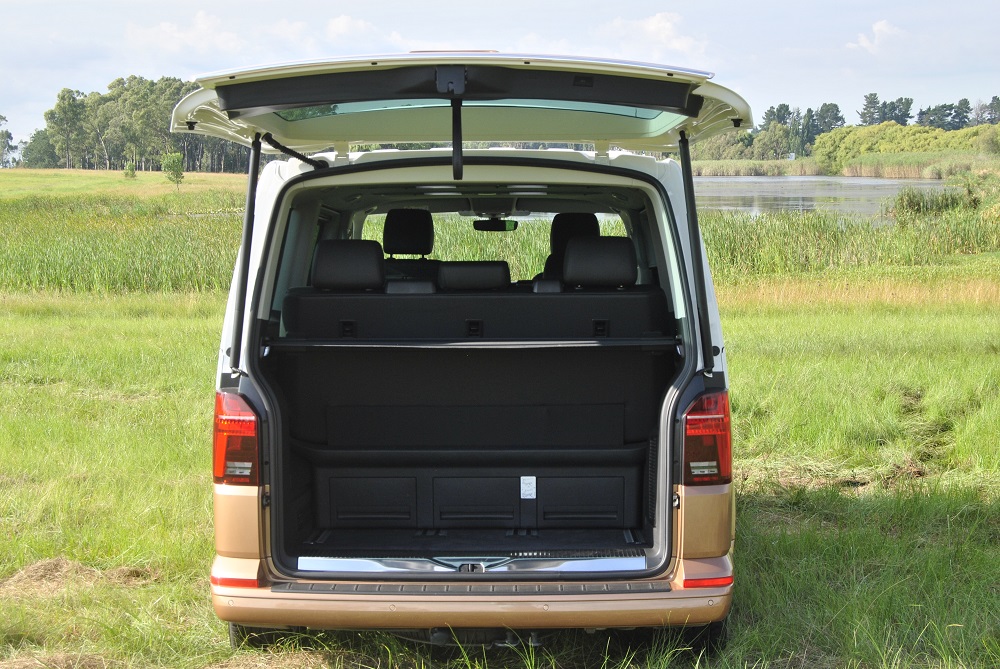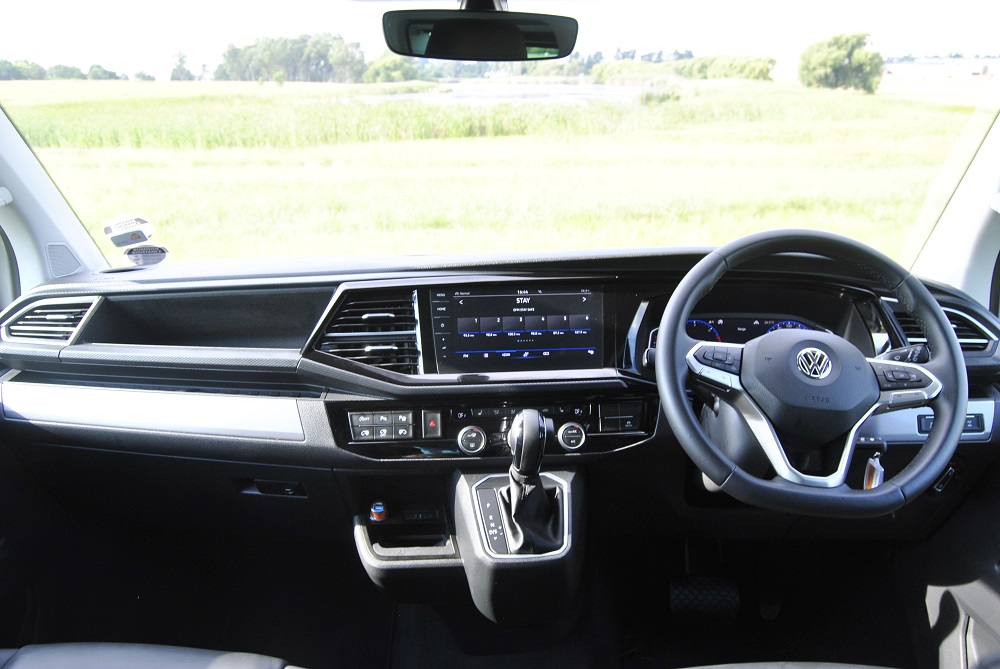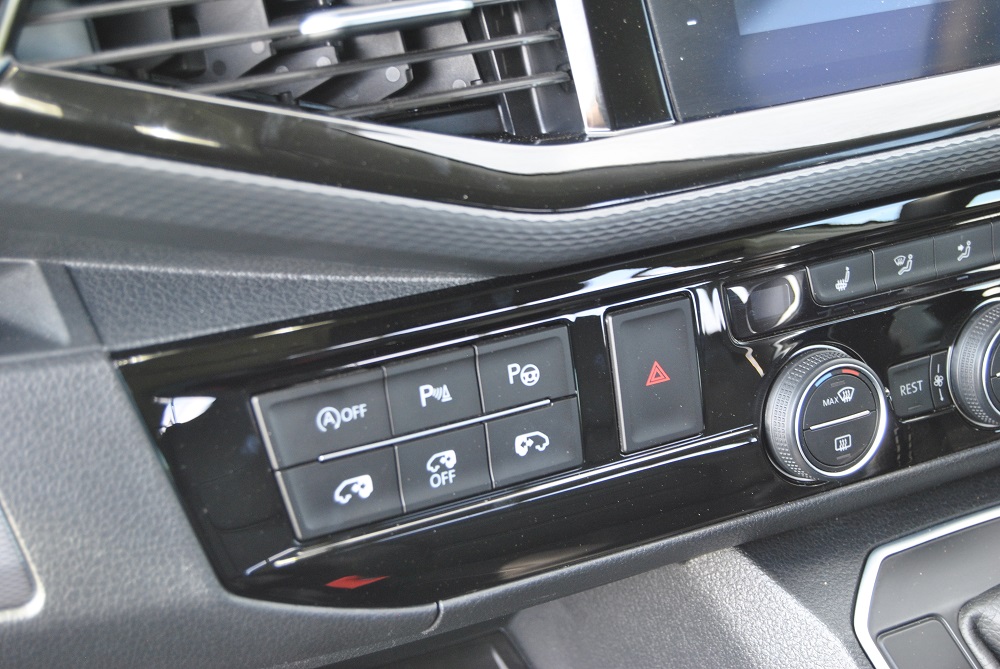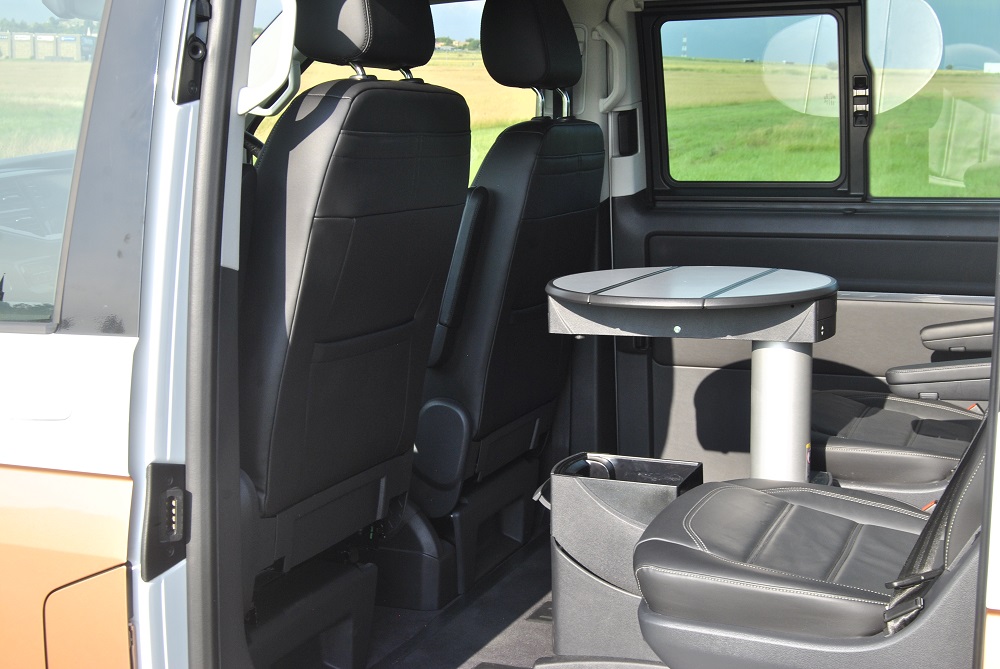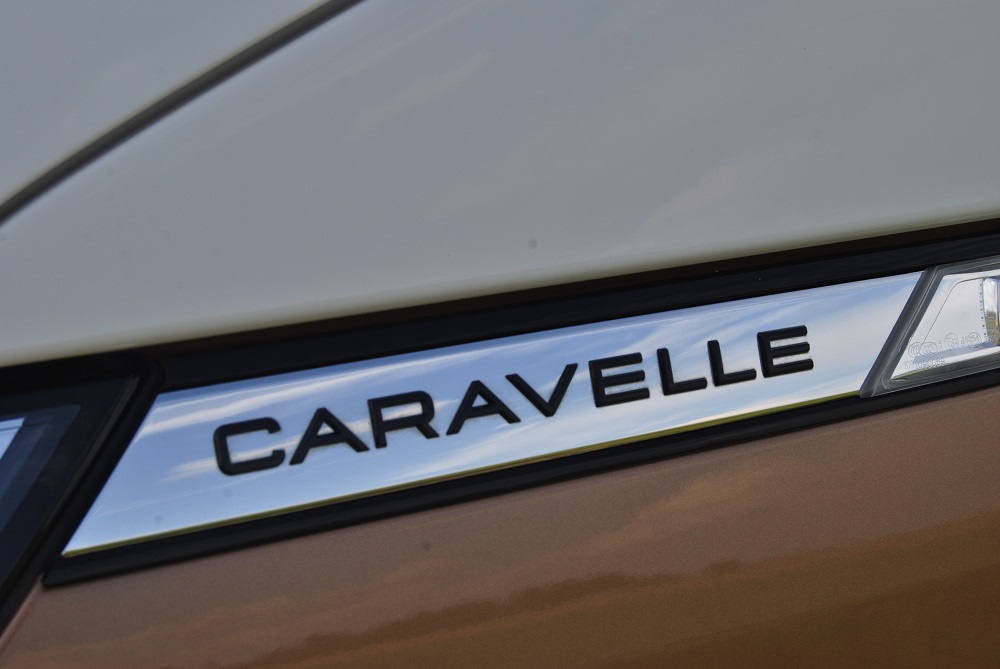Bi-turbodiesel engine, all-wheel-drive and seven-speed DSG makes the T6.1 a surprise hoot to pilot.

Two-tone heritage paint finish a R33 300 option not everyone will aspire to
Much like everyday life, a lot of the automotive world seemingly always ends up on a list of sorts with the most common bearing the headline, “the worst ten cars ever made” or “ten cars you have to drive before you die”.
Of course, these lists are unlikely to find universal favour among everyone as opinions are sure to differ. In some instances though, a consensus is reached and when it comes to that last heading, almost guaranteed to feature is “drive a Ferrari, go around a racetrack or drive as fast as you can”.
In the opinion of this writer, however, driving the vehicle you see has to be on that list.
In short, many, if not everyone, has at least had some exposure to Volkswagen’s T-series at some stage during their lives. Still standing strong despite entering its 71st year in production this year, the current the T6 has been around since 2012, although dig a bit deeper, you will find only a few differences between it and the T5 it is still based upon.
Effectively, this means that the T6 is 18 years old and in spite of its replacement being seen recently online, it’s still strong standing is a remarkable achievement considering how buyer preference has changed over close to two decades.
Aside from the Transporter and Kombi, the latter the most common denominator ever since the T3, the T-series has largely been all about the Caravelle and with the unveiling of the facelift T6.1 last year, the most opulent model has taken a further leap upmarket with not only a new face, but a series of features many who rode in T3’s, never mind the T1 or the original Type 2, would never have dreamed about.
In keeping with the Kombi heritage, excluding the optional two-tone Candy White/Copper Bronze Metallic paint finish at R33 300, the only way to experience the “Kombi story” was to take it on a road trip to Central South Africa.
Slimmed down to only a single model carrying the Highline specification, the Caravelle, like the rest of the T6.1 range, benefits from a new front bumper and headlights, a redesigned bonnet and LED headlights, tweaked LED taillights and in the case of our tester, diamond-turned 17-inch Posada alloy wheels. While the paint finish is not likely to resonate with everyone, the most extensive update since becoming T6 has worked in the big Volkswagen’s favour as it appears more aggressive and in-your-face than before, while also being stylish if you can say that about a van.
Unsurprisingly, the Caravelle is all about its interior and once you open the doors, or indeed the dual sliding electric side doors via the key fob or a single tug on the handle, what lays inside simply blows your mind. Providing seating for seven in a 2-2-3 configuration, the main drawing card is the central console between the two captain’s chairs in the middle, which at the push of a button and then a twist, becomes a table that is just as easy to fold back.
While the third row can only be folded forward, the second, being on runners, can be adjusted individually and even swivelled to create a lounge, especially with the table in use.
What’s more, the Caravelle is awash with storage spaces, the most prominent being two drawers below the middle row, three at the base of the second row, a smaller cubby integrated into the table console, massive dual door pockets and two trays on the dashboard. Adding to the hands-free approach, the boot can also be opened via the fob or the electric tailgate itself, with the somewhat cheap feeling plastic covers hiding the mentioned third row storage spaces.
Up front, the Caravelle’s driving position feels akin to that of a forward control truck, but the electric and heated captain’s chairs can be adjusted to suit one’s taste. ‘Commanding’ is perhaps the best description looking through the window while surrounded by tech in the form of the customisable 10.25-inch Active Info Display instrument cluster, the very-easy-to-use 9.2-inch Discover Media infotainment system with satellite navigation and a wireless smartphone charger situated in a recess to the left of the dash mounted gear lever.
Neat but also locally laid out, the interior is not without its faults in the form of varying degrees of plastic ranging from soft-touch and premium to cheap, while the second row and the table console can become a faff to swivel or adjust depending on the chosen configuration. Not seated, the chairs are difficult to move and the console similarly if you don’t have patience with the clumsy plastic lever that unlocks the sliding mechanism.
The most impressive aspect though is how the Caravelle drives. Despite standing close to two metres high and weighing 2 357 kg, it feels, dare I say it, nimble and the steering unexpectedly sharp for a vehicle of this kind. Refinement, even out on the terrible Free State roads, is nothing short of astonishing, with the cabin being sealed off from road noise or the engine up front.
Speaking of the engine, the bi-turbocharged 2.0-litre turbodiesel is just a phenomenon. Delivering 146kW/450Nm to all four corners via a seven-speed DSG, it reacts with such verve and keeps on pulling after a small bit of initial lag, that you tend to forget you are driving a 2.3-ton bus. Aside from the same XDS electronic differential as the Golf GTI, the Caravelle also features the Dynamic Chassis Control system with five modes; Eco, Comfort, Normal used throughout the seven day stint, Individual and Sport – on a Kombi! Needless to stay, the latter was selected a few times with hilarious results, as the instant shove felt more like take-off in an airplane from standstill.
Staying to true to its roots, the Caravelle felt at ease on the open roads with a soft ride likely to result in a few sleepy eyes. In spite of the condition of the roads, and even one stretch of gravel as a result of repairs, the T6.1 stood up well with the addition of the 4Motion all-wheel-drive system adding to the surefooted feel. Combined with the slick and unobtrusive DSG that just gels with the engine, the Caravelle returned an impressive indicated combined usage of 8.1 L/100 km after seven days and 794 km with use of the climate control and Adaptive Cruise Control.
As much as it is an icon and one of the best story tellers the automotive world has ever heard, the Caravelle’s biggest problem is likely to be its price. While a lot less than its comparative rival, the R1 554 204 Mercedes-Benz V300d, the R1 166 600 sticker before options is likely to leave many speechless and exclaiming, “R1-million! For a Kombi?”
However, it offers a lot more space and practicality a similarly priced SUV will never have, and thanks to its reputation as the road trip master, as well as full array of safety and assistance systems ranging from Automatic Post Collision Braking, Lane Keep Assist and Rear Cross Traffic Alert to Crosswind Assist plus a revers camera, it makes for a compelling buy worth years of stories and memories.
For more news your way, download The Citizen’s app for iOS and Android.
Download our app





